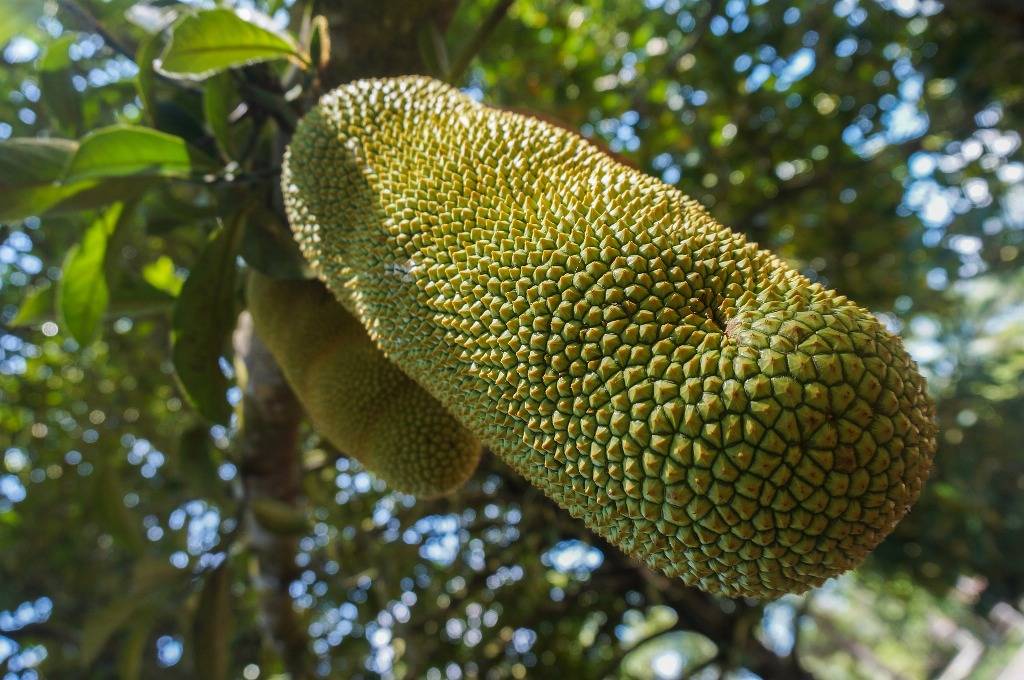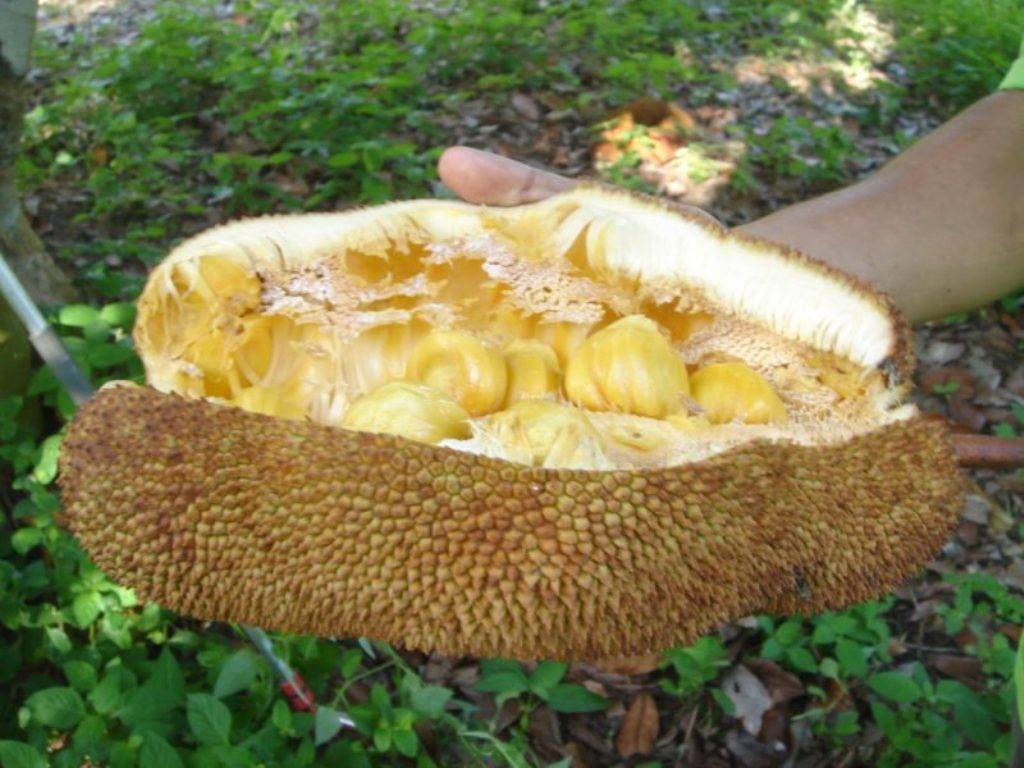
Many of you may not know Cempedak fruit. It looks like jackfruit; in fact, it is closely related to it. Cempedak is native to Southeast Asia. It is widely cultivated in the mountain forests and lowlands of Malaysia and Indonesia. It is also grown in Thailand, Vietnam, Myanmar, Cambodia, Kenya, Zanzibar, Hawaii, Jamaica, and South India.
Scientific name:
Artocarpus integer
Family:
Cempedak is a tree species belonging to the family Moraceae. The genus is the same as jackfruit and breadfruit.
Let’s have a look at the cultivation process of this exotic tropical fruit with a weird appearance and a sharp odor.
Climate requirement
Cempedak trees grow well in regions receiving an average annual rainfall of 1500-2500mm. It requires high humidity.
Soil requirement
Cempedak prefers sandy clay/deep clay, alluvial, well-irrigated soil. It should be loose with little sand. The optimum pH for this tree is 6-7, although the trees are resistant to acidic soils.
Selection of seeds and sowing
The best seeds are those that are extracted from ripe fruit on the tree. Choose large rounded seeds. Sow seeds in polybags of 1 liter size. Water regularly for 6 months. Plants become ready for transplanting.
The trees grow best in lowlands and to a height of 1300 meter above sea level. The best height is between 0 to 800 meter above sea level.
You can also propagate through grafting.
Land preparation
Clean the land first. Remove grass, stubble, wild plants, and other residues. Make drainage channels around the land. This will avoid formation of puddles. Prepare land before the onset of monsoon.
Plant spacing
Ideal spacing is 10x10 meters or 12x12 meters. Avoid planting too close because when the trees grow, they won’t get enough space to branch out. It will also lack adequate fruiting.
Planting is done in early afternoon during the rainy season. In case of planting seedlings, plant them 5 cm above stem base and tie to a bamboo or stem to keep them upright.
Protect newly planted seeds from direct exposure to the sun. Use a shade. Remove it after 3-5 months. Use mulching through grass or straw to cover the soil around the seedling to help the soil retain moisture.
Weed management
Let the weed grass stay around the plants. Just trim them and let it dry around the plant roots. This will then become organic fertilizer for the plants. Do not use weedicide or herbicide, as it can disrupt roots of the cempedak plant and it will turn yellow. It can also increase the risk of the cempedak tree failing to bear fruit; even if it does, the fruits can be tasteless.
Fumigation
When the tree is about to bear fruit, fumigation is done to prevent the attack of fruit flies. How will you know the tree is about to bear fruit? Well, just observe the leaf tip. A small ovary like structure begins to appear. Also, buds appear on branches and stems of plants. These are signs that the tree is ready to bear fruits.
During this time, make a heap of dried leaves and grass. Burn them. Make sure there is no fire. You will destroy the entire crop! Ensure there is thick smoke.

Fruit care
When cempedak fruit enlarges in size, wrap it with a black plastic bag to prevent attacks of worms, squirrels, and fruit flies. Make a hole at the bottom of the bag.
Cleaning of fruits is important. Pluck damaged fruits. If this is not done, it can rot other fruits.
Harvesting
A single fruit bunch can have up to 10 fruits and a minimum of 3 fruits.
How do you recognize the fruit is ripe? When the fruit exudes a strong odor and turns into light green with dark brown spots, it is ripe. The fruit also becomes a bit sticky due to the secretion of latex from its rind.
Take a needle and puncture the top of the fruit. If you find the seeds are hard, the fruit is ready for harvest. Start plucking.
Storing
Cempedak fruits are highly perishable once cut. Uncut fruits can be kept in cold storage. When cut, wrap the fruit in a proper plastic bag and refrigerate or freeze it.
How to eat Cempedak?
You can eat cempedak raw. In Southeast Asia, street vendors cut the fruit and sell its pieces. If you don’t like the taste, you can also eat it boiled, grilled, or deep-fried. How about some Cempedak pakodas!











